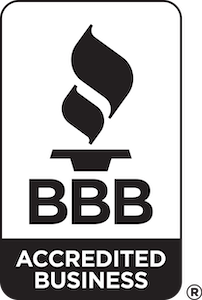Wallace Roll
1890 - 1890

The Wallace Roll was created in 1890 to identify and document Cherokee Freedmen—formerly enslaved African Americans who had been held in bondage by members of the Cherokee Nation—and determine their eligibility for settlement payments under treaties between the U.S. government and the Cherokee Nation.
- After the Civil War, the Treaty of 1866 granted Cherokee Freedmen full citizenship rights within the Cherokee Nation, including access to tribal resources and benefits.
- Disputes arose over the rights and status of Freedmen within the tribe, leading to efforts to document their eligibility for government payments and land allotments.
- The Wallace Roll, named after Special Agent John W. Wallace, was compiled as part of these efforts to list and verify the Freedmen eligible for compensation.
Who It Covers:
- Cherokee Freedmen: African Americans who were formerly enslaved by members of the Cherokee Nation or were free people of color associated with the tribe before emancipation.
- Descendants of Cherokee Freedmen may also be included through family ties documented in the roll.
- The roll lists 3,524 names of Freedmen along with identifying details such as: Name, Age, Gender, Family relationships (parent/child/spouse), Residences within the Cherokee Nation, Status as a Freedman or descendant, Supporting documents often include applications, testimonies, and affidavits.
- Exclusions: Some individuals eligible for Freedmen status were left off the roll due to incomplete documentation or clerical errors.
- Superseded Records: The Wallace Roll was later replaced by the Kern-Clifton Roll (1903–1906) and the Dawes Roll (1898–1914), which were used for land allotments and tribal enrollment.


